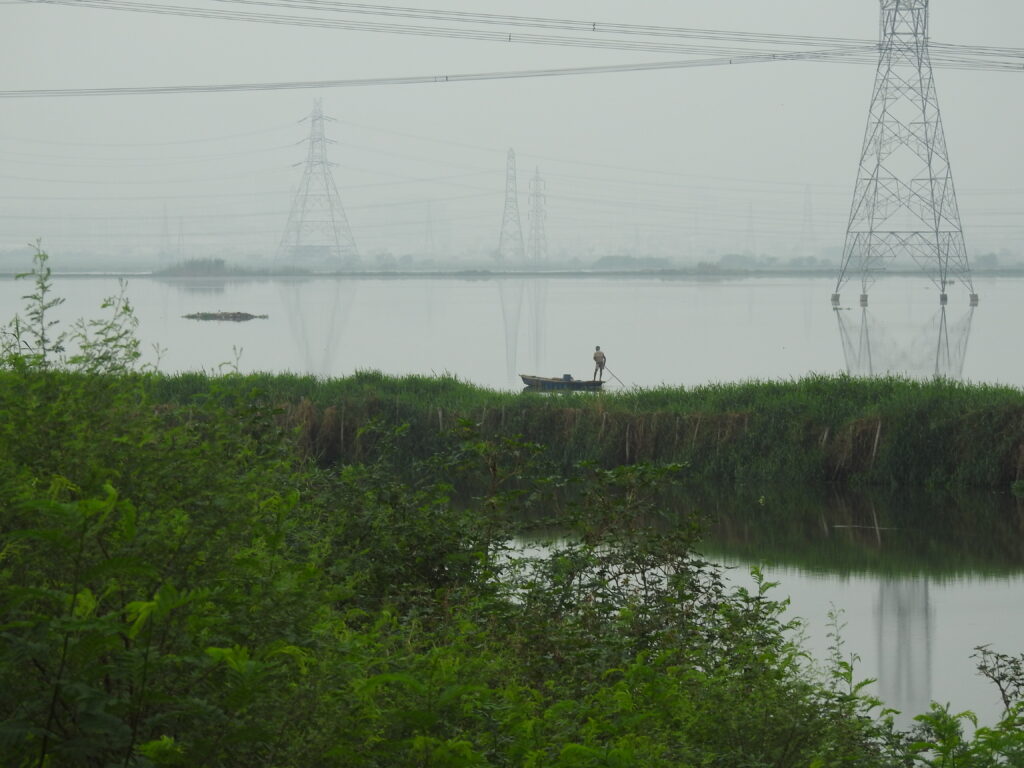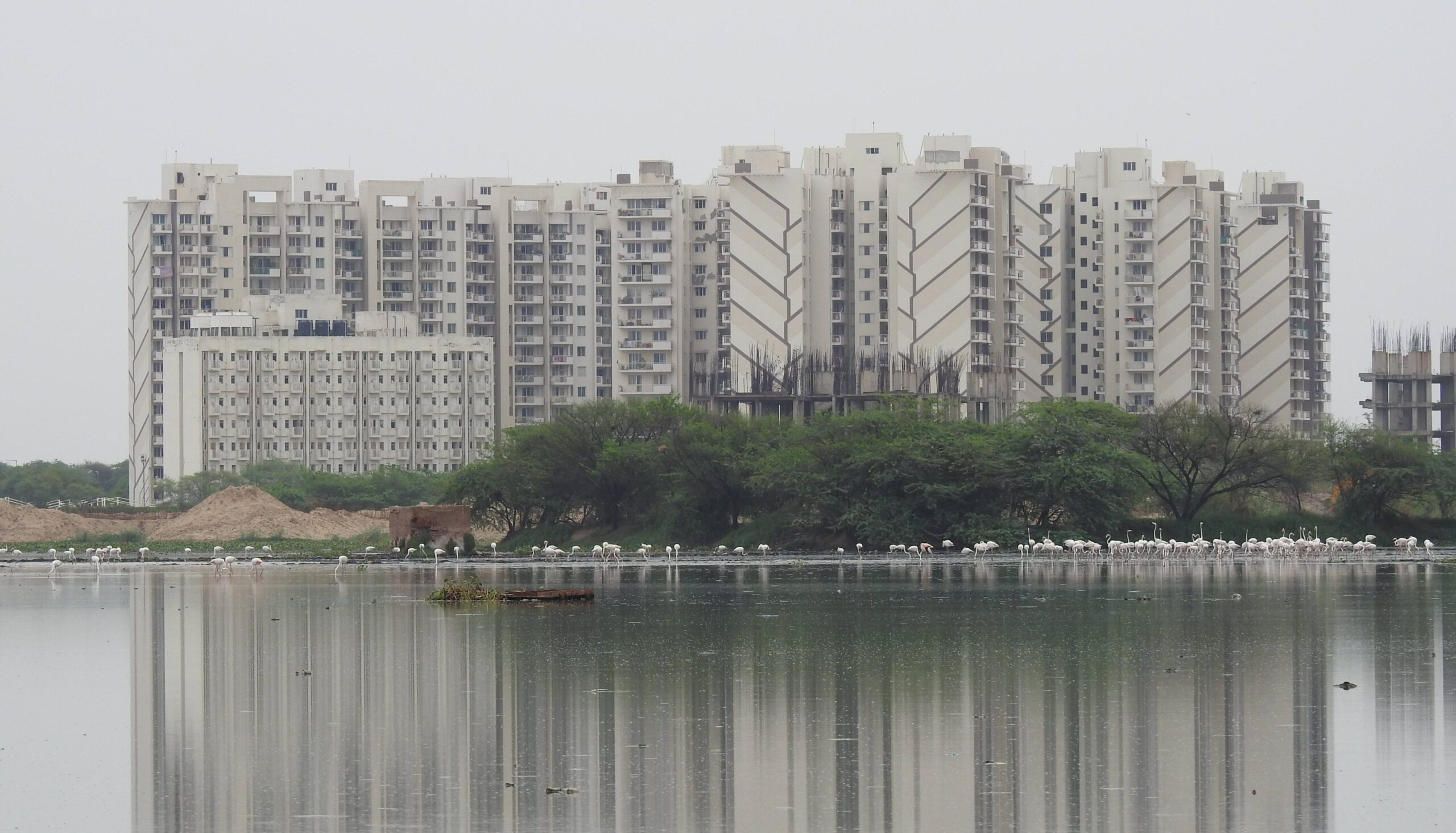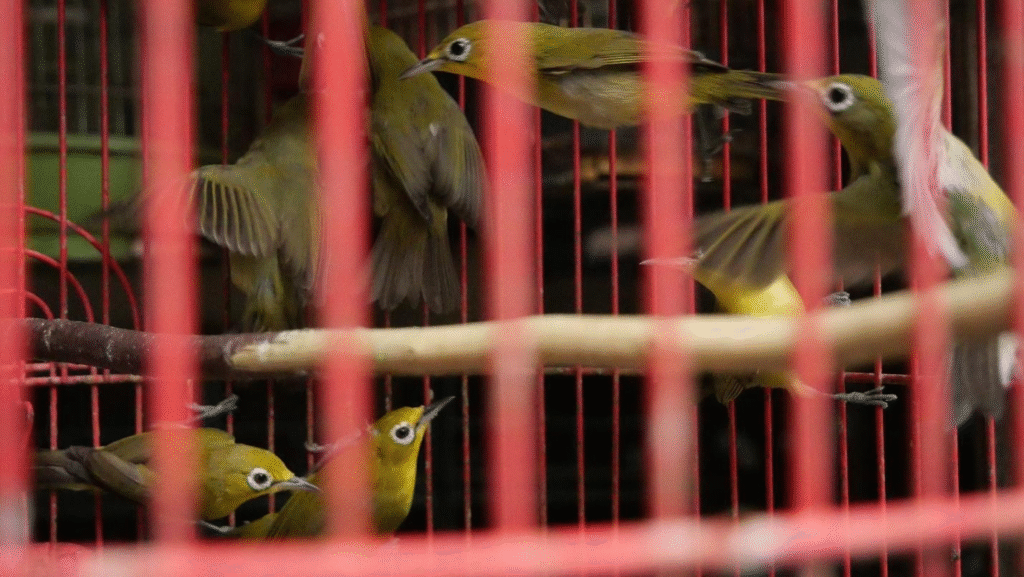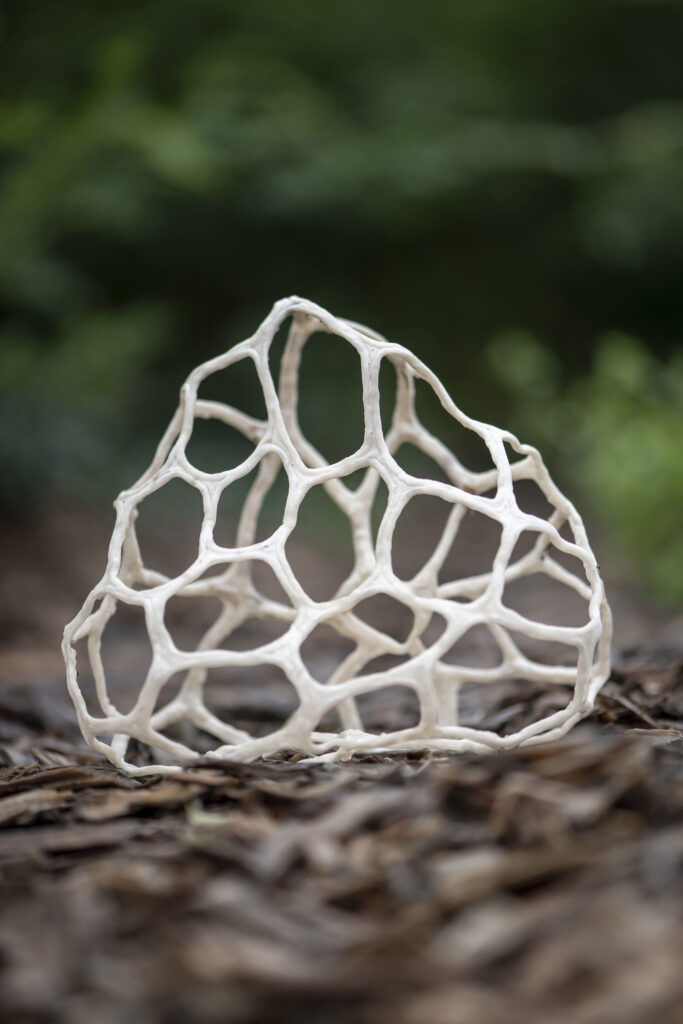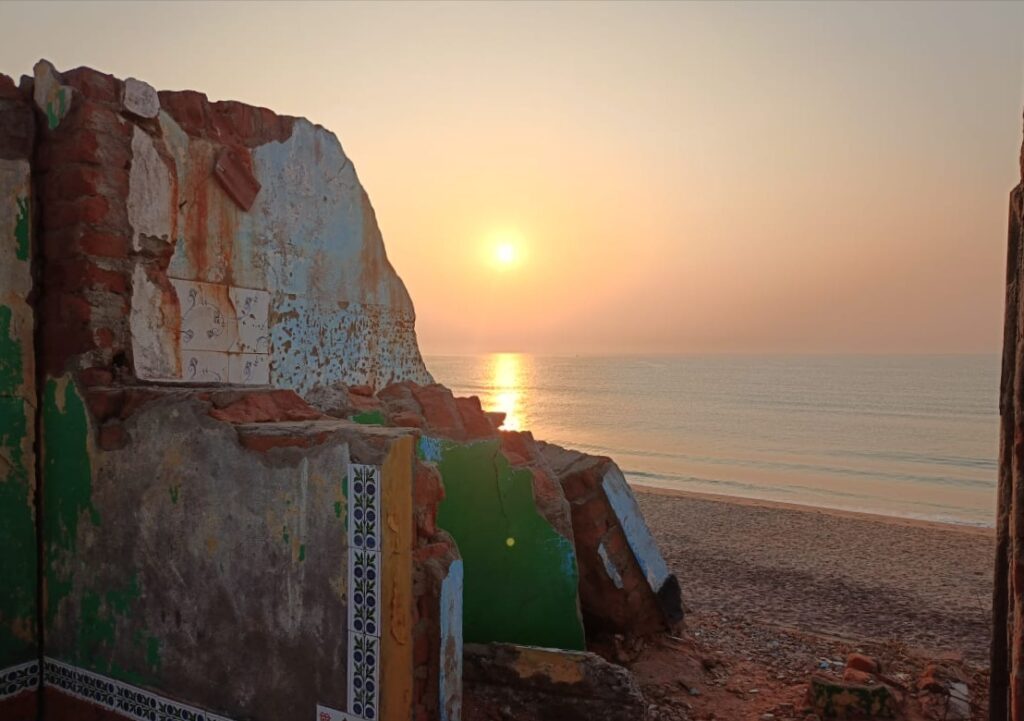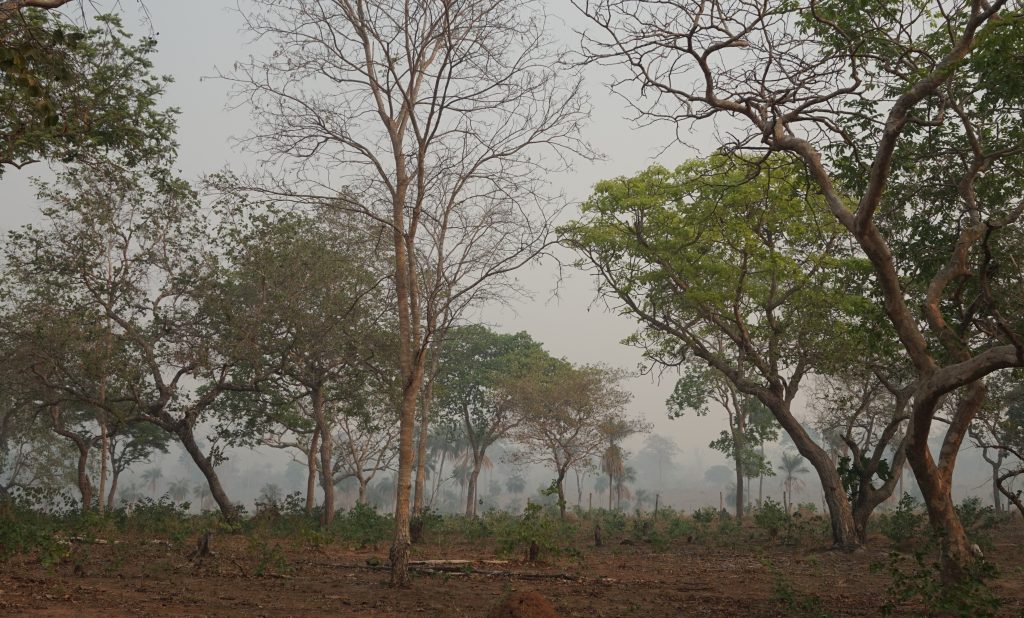Feature image: A strong visual representation of the tensions between development, ecology, and conservation. Here, the city appears to be expanding, with construction and exposed soil as evidence of this growth. However, there is still a natural element visible: the green cover is made up of an invasive species, and beneath it, the white spots are flamingos. Photo credits: Nirjesh Gautam
While cities usually devour nature, some habitats such as the Najafgarh Lake stand defiant. A critical wetland ecosystem shared between Delhi and Haryana, the lake’s quiet rebellion is both moving and impossible to ignore. It supports a rich diversity of wildlife, particularly birds. However, due to ruthless urbanisation, municipal neglect, and public amnesia of natural heritage, the lake’s survival is in question.
Irrespective of the fact that it is unable to maintain itself on paper, Najafgarh Lake simply refuses to be erased from the geography. The lake has been constantly drowned in soil and concrete due to land reclamation efforts, but against all odds, it remains an essential habitat for numerous bird species, including the black-necked stork (classified as Near Threatened on the IUCN Red List) and large flocks of flamingos, herons, cormorants, and egrets.
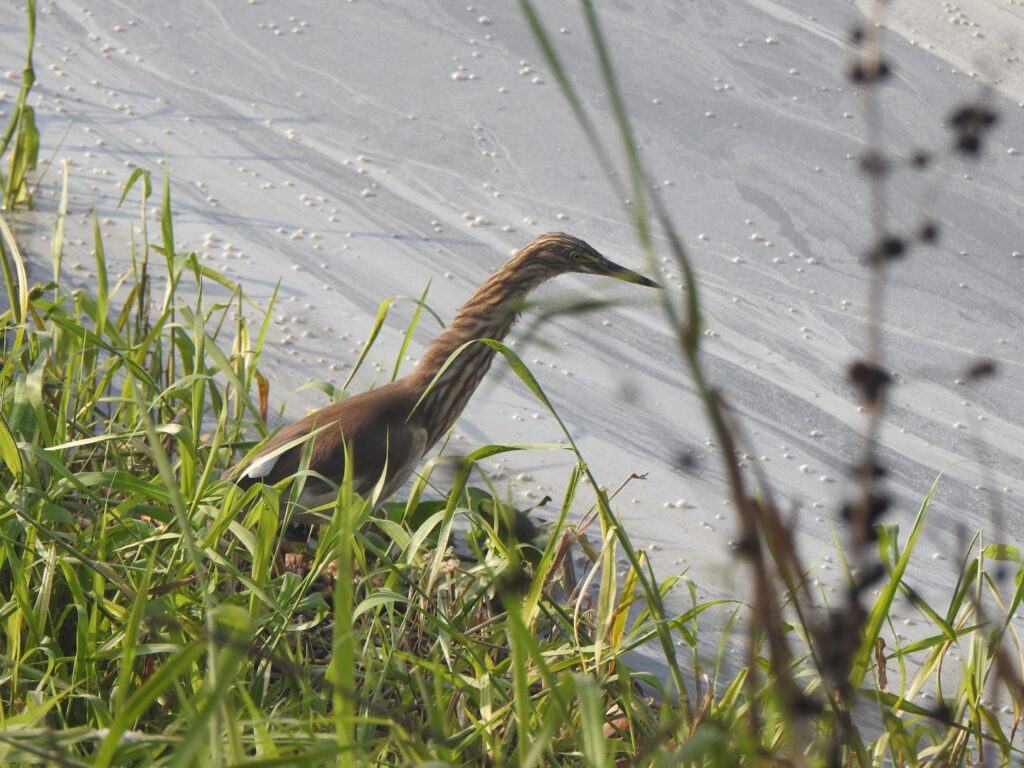


Against a backdrop of water contaminated with industrial effluents and municipal waste, birds persist—wading through the shallows, finding food, shelter, and roosting spots among the reeds and invasive plant species.
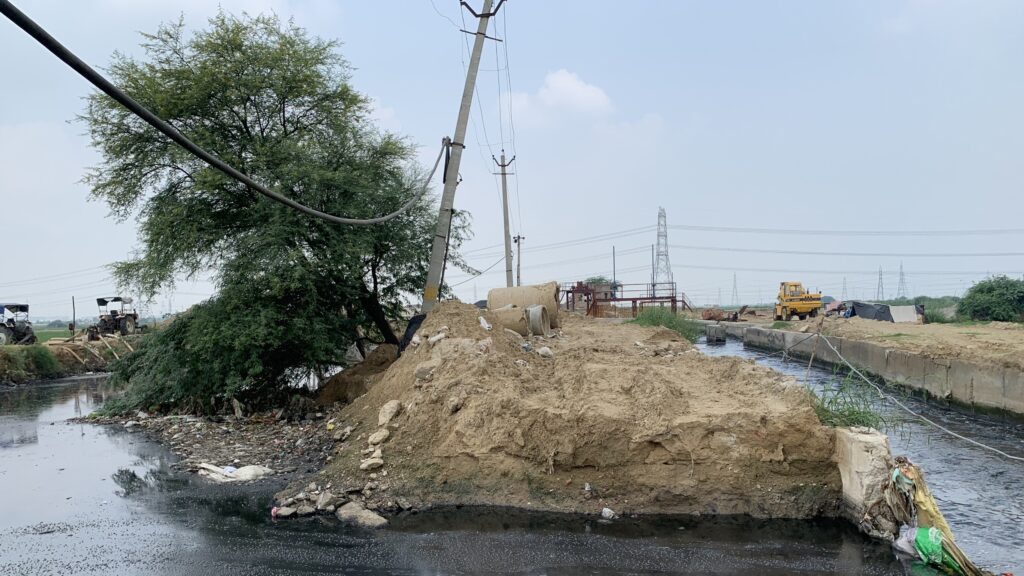
This resilience, however, is not without its struggles. The wetland faces a complex governance challenge, as both Delhi and Haryana wash their hands off when it comes to conservation. As a result, the lake is treated as an expendable wasteland rather than a vital urban ecosystem.
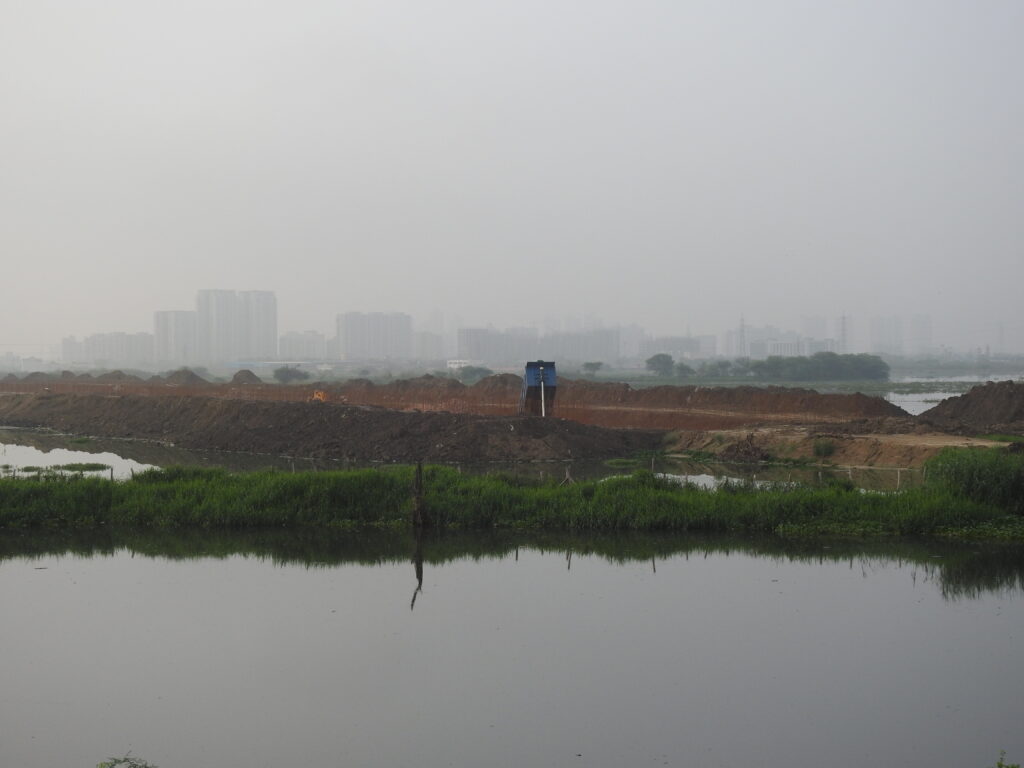
Najafgarh Lake embodies the paradox of urban biodiversity, that is both fragile and unyielding. It is a place where adaptation meets adversity, where birds continue to nest in landscapes transformed by human agency, and where nature, despite being choked with pollutants, continues to nurture life. The lake is not just a waterbody, it is complex poetry written by nature itself.
